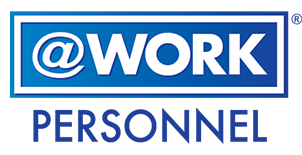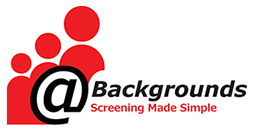1. Start with the Basics
Your resume, of course, should be pristine, professional, and free of any grammatical or typographical mistakes. Keep your resume as up to date (and short) as possible, focusing on results and achievements rather than tasks or assignments. Make sure that you are able to support all claims that you make should questions come up in person. Padding your resume may get you in the door, but hiring managers are able to quickly discover who may not be presenting themselves honestly when faced with direct questions.
2. Choose the Right Format
The right resume format can do a lot to get a hiring manager's attention. But picking the best one to represent you can be a bit difficult if you don't know what to look for. The four most popular formats include a chronological format, a functional format, a combined format, and a visual resume.
Chronological resumes are the most commonly used, as they present your projects or work history in a simple but organized timeline. This format is useful if you have a consistent work history with no gaps in employment and you are looking to continue on in the same line of work.
If your work history is spotty or you've switched fields, a functional resume or combined resume might present your skills more effectively. A functional resume focuses on the projects and positions you have held that showcase your skills through accomplishments. A combined resume includes a timeline of your work history, balanced with the skills- and accomplishment-focused content of the functional resume.
Visual resumes are a nontraditional but exciting alternative which use graphics or other media to present your information. Using websites, videos, infographics and more, visual resumes are great for featuring examples of past work and giving a sense of who you are as an employee. Use this format with caution, however, as employers often request a more traditional resume to accompany a visual version.
3. Keep Your Audience in Mind
Always remember who will be reading your resume and cover letter. If you have access to it, be sure to include the name and address of the hiring manager to whom you are applying. This shows your commitment to the job and the company. Also, be sure to customize your material to specifically reference the job and company you are applying to, as well as the specific accomplishments and skills you have attained that make you particularly qualified for this opportunity.
4. Take a Targeted Approach
While you will apply to a variety of different job opportunities, it's best to take a targeted approach. Don't blanket your search and waste precious time and resources on hurried or impersonal applications. Do your research about the job you are applying for and focus your efforts on the opportunities that best fit your interests and qualifications.
5. Get Past the System
It's all about the keywords. Today's hiring managers depend on any number of hiring and application platforms (commonly referred to as ATS or Applicant Tracking Systems) to separate quality candidates from the hundreds of resumes they are likely to receive for each job listing they post.
To make sure your resume will get past the system and actually be read by a human, keep your formatting simple. Fix spelling mistakes. And above all, use the right keywords. Luckily for applicants, most if not all of the critical language is used within the copy of a job description. Make sure to follow the lead of the hiring manager and use the right lingo to get their attention.
6. Partner with Professionals
Working with the team at AtWork Personnel puts you at the front of the job interview line. Our recruiters get to know you as a candidate, and then connect you with the right opportunities for your skills, experience and interests.
Ready for your interview? Contact an AtWork recruiter today.

